|
I've spent the last few days in Oklahoma working with and hanging out with Clay Pope of the USDA Southern Plains Climate Hub. Clay is one of the few people I've ever met who is even more of a moving target than I am-- in terms of the challenge of clarifying who he is, what he does, where he's traveling to next, and how many people any one human being can possibly network with at once.
His brain is as full of good ideas as his schedule is full of meetings to get those ideas off the ground. (I've only just begun to get to know his wife Sarah, but my sense is that she and Clay are quite the soil carbon team. She was the person in charge of soil carbon credits for the state when she and Clay met, and she and I are meeting with the EPA and the Oklahoma Association of Conservation Districts on Monday.) Judith D. Schwartz (author of Cows Save the Planet, and the new book Water in Plain Sight) introduced Clay and I many months ago in an email, and we quickly figured out that we were working on similar goals: to get soil health principles and systems-based land management into school curriculum nationally--and we agreed, somewhat surprisingly, that it's really all about water. He asked if I would be willing to start with developing a soil health supplemental curriculum for the 350 high schools with FFA Ag elective programs in Oklahoma. I said YES!!! and we were off and running--with or without funding. We spent months of Tuesday mornings on the phone with each other from Oklahoma to Vermont, plotting and planning, and now we finally got to meet and start some of the on the ground work together. I was a little nervous about meeting him, having only ever seen pictures of him in a dark suit looking like a politician (being a congressional aide and chairman of the state senate ag committee are just two of the many things on his resume). But as soon as I actually met him, a slightly scruffy, friendly guy carrying boxes of donuts, racing back and forth between hanging out with his 4 kids, getting soaked while doing rainfall simulation demos, and sharing "lamb fries" (um...yes, that would be deep fried testicles...), coconut cream pie, and post election theories with me at the Cattleman's steakhouse, (while Sarah reminded him not to talk with his mouth full) I knew we'd get along just fine...and that it probably didn't matter which clothes I'd brought along.
0 Comments
So I'm heading back to Fort Reno after meeting up with Kim Barker, Julie Gahr, and Kit Pharo at the grasslanders workshop in Hennessy Oklahoma, when Clay Pope tells me we don't have any water infiltration testing rings for the free "Agriculture, Water and Climate" workshop he and I are teaching over the next two days, and he can't find any anywhere. They are a crucial teaching tool. I suggest we make some if we can find some materials, so Clay heads off to look. ... Now...I'll you a secret... Because of my work for the Soil Carbon Coalition, and my love of poetic irony, and because I'm a Vermonter who never gets to see such wicked things at home, I have a secret fascination with oil jacks and the combination of oil jacks in agricultural landscapes, especially when surrounded with grazing animals. So, since I'm alone and no one is watching, I stop to take some pictures by the side of the road at a place that apparently manufactures them. As I'm poking around, I see a machine shop inside--a big beautiful, clean machine shop--and I wander in, glad that I have my cowgirl outfit on but a bit self conscious of my northeastern accent, and ask if by any chance they have some leftover thin pipe, maybe a drive shaft cover? and could cut and sharpen me some pieces. "Like these?" asks the guy. Perfect. He and his coworker take about 20 minutes to make me 5 water infiltration rings. (Which I'll use tomorrow to show people how atmospheric carbon can become soil aggregates that prevent flooding and drought.) When I tell him what I'm using them for, he says "Were you just at the grasslander conference with Kit Pharo?" And I say yes. This means he's not only onto me, but onto the whole concept. We start talking and I tell him that I'm developing curriculum on soil health principles and regenerative agriculture for the Oklahoma Agricultural career tech programs. He says "That's wonderful. It's very needed." Clearly he's one of the holistic thinking gang. Just happens to be manufacturing oil pumping equipment for a living.
The cost of the five infiltration rings? Zippo. The value of this interaction? Incalculable. The microorganisms that we host in our bodies do much of the work that we take credit for ourselves. They carry out and direct many of the essential processes that enable us to think, play, and work in daily life. Even the cells that we call our own are in fact microorganisms that have organized themselves to work together in a living system that we call “a human body.” You could call it a worker’s cooperative. Microorganisms in the soil also do important work that we are mostly unaware of, because - like the working class - their work is quiet and hidden from view. Yet these workers provide most of the essential goods and services we rely on for daily life.
Society teaches us to credit the “owners” and “managers” of companies with the products of a company’s labor - not the working-class people who sit in the factory and do the real work. Our relationship with microorganisms echoes this pattern, (and often for reasons of profit as well.) When we don’t understand or acknowledge the intelligence, power and work of microorganisms, and try to take too much control over life’s processes, we make management decisions that tend to lead to poor functioning of the whole, often creating conditions in which those organisms cannot do their work or even survive. 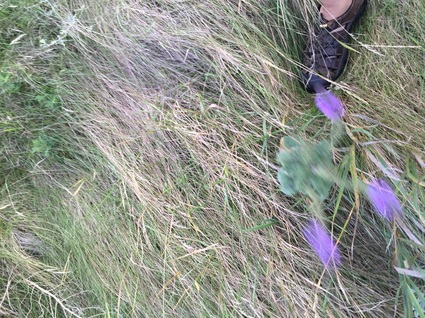 Went for a walk tonight on 25 acres of unbroken prairie that now belongs to entomologist Jon and Jenna Krogh Lundgren, part of Blue Dasher Farm, the agroecology research laboratory and demonstration farm they founded to pursue their science without the interference of corporate interests. Each little change in the land had its own niche of amazing plants, whose preciousness was intensified by the proximity of the enormous gas pipeline plant looming over us nearby. Long conversation over dinner about how to move things forward towards land regeneration on a larger scale. Jon and his intern Claire are collaborating with me as I write soil health curriculum for the agricultural programs at 350 high schools in Oklahoma. |
Didi Pershouse's
|
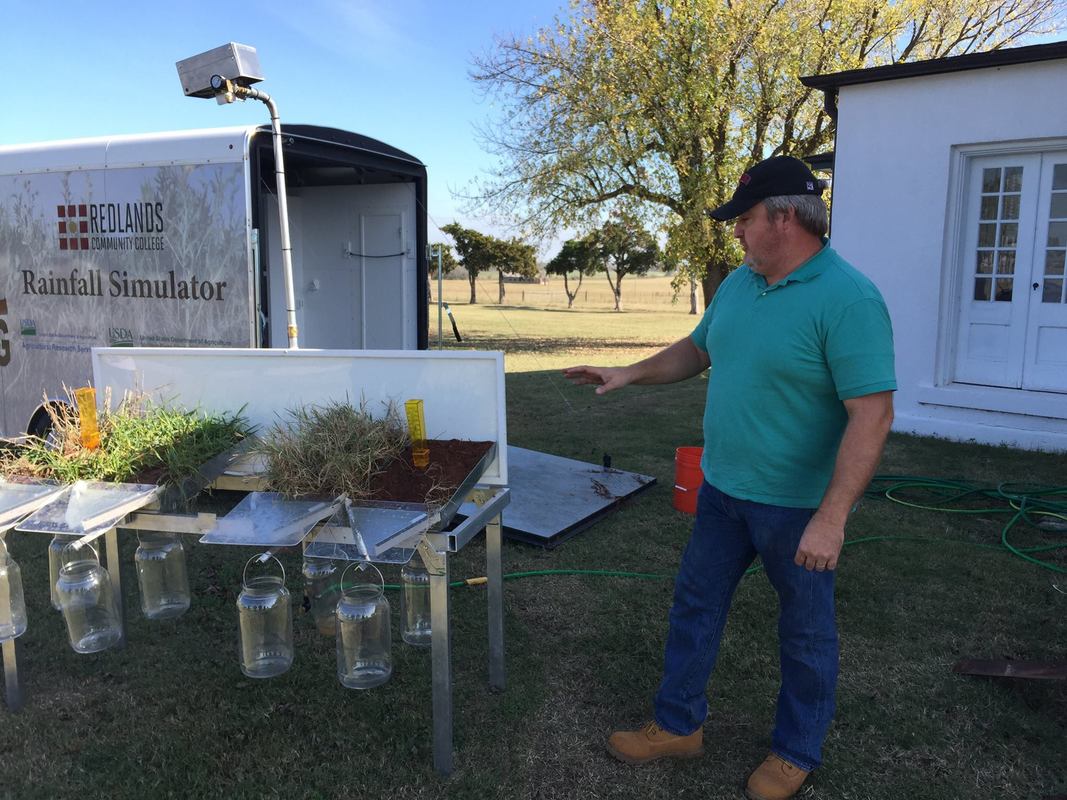
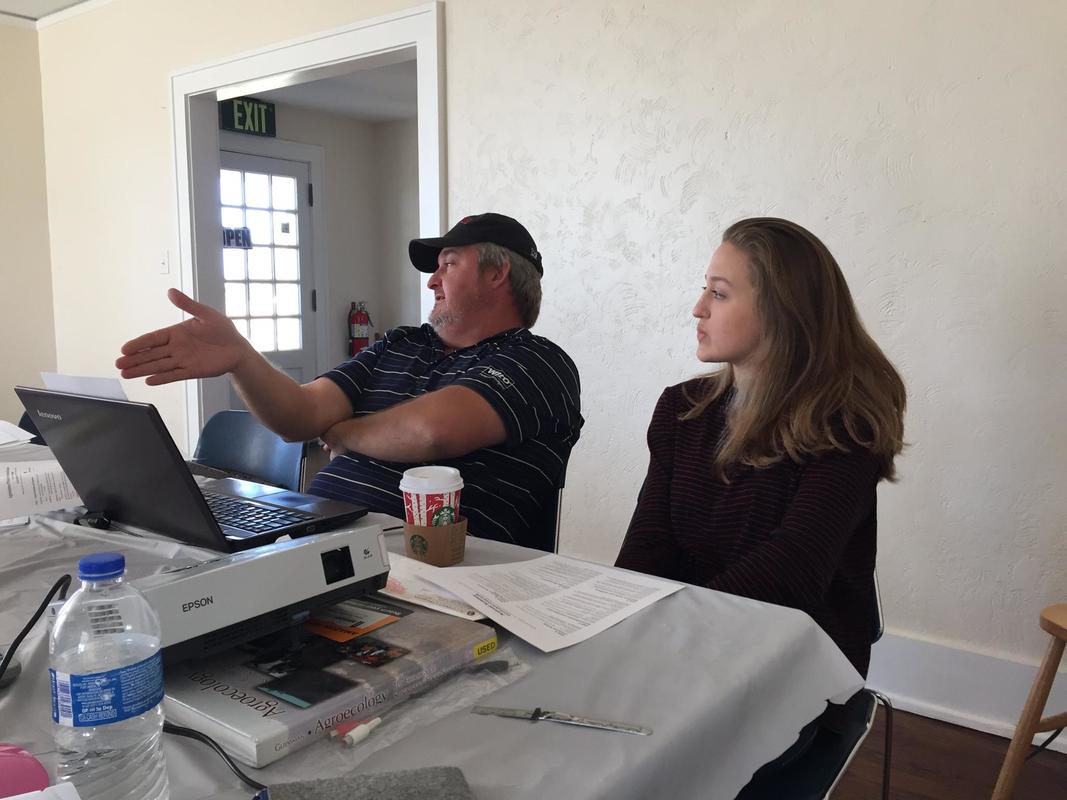
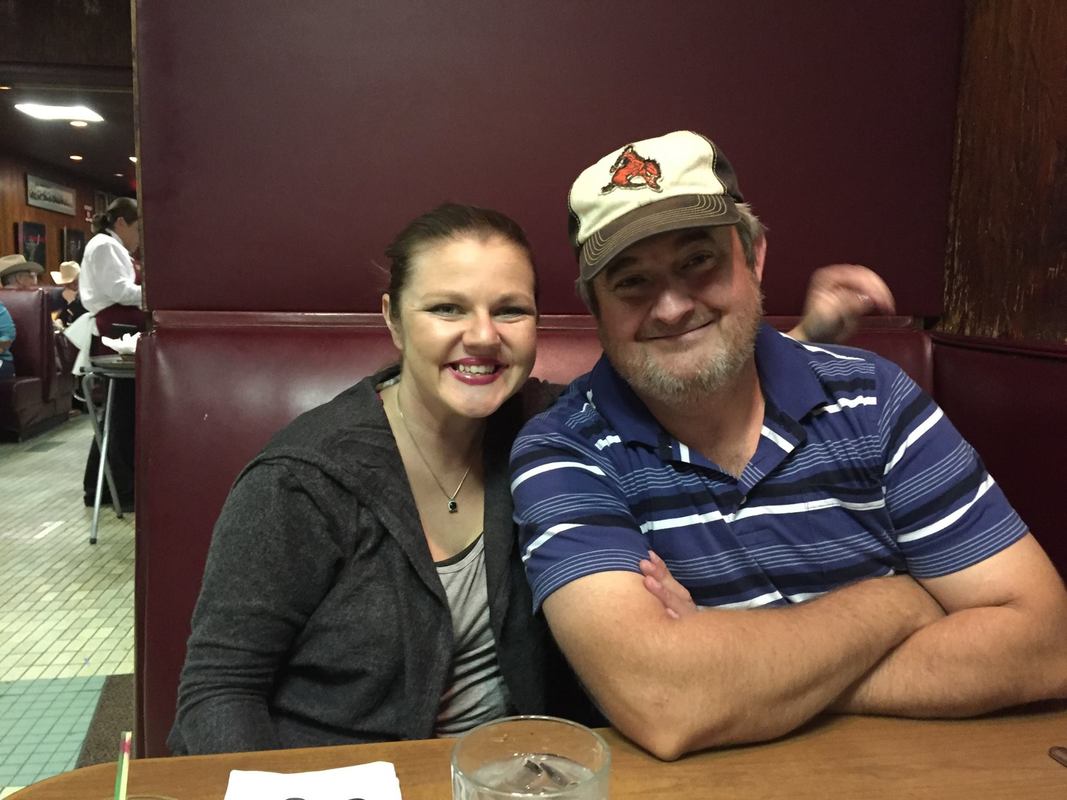
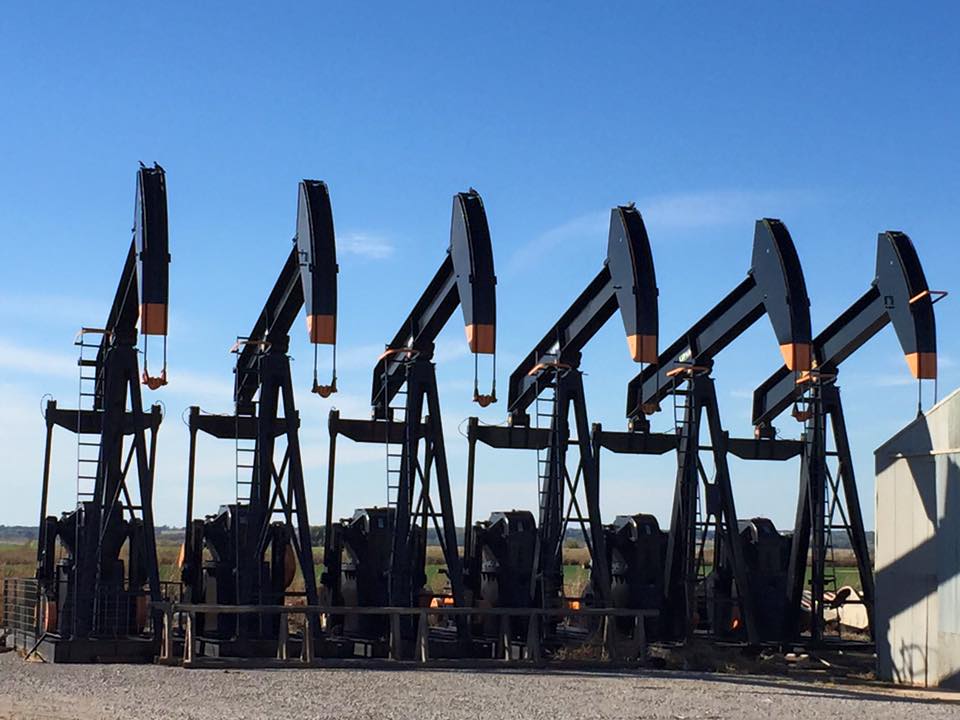
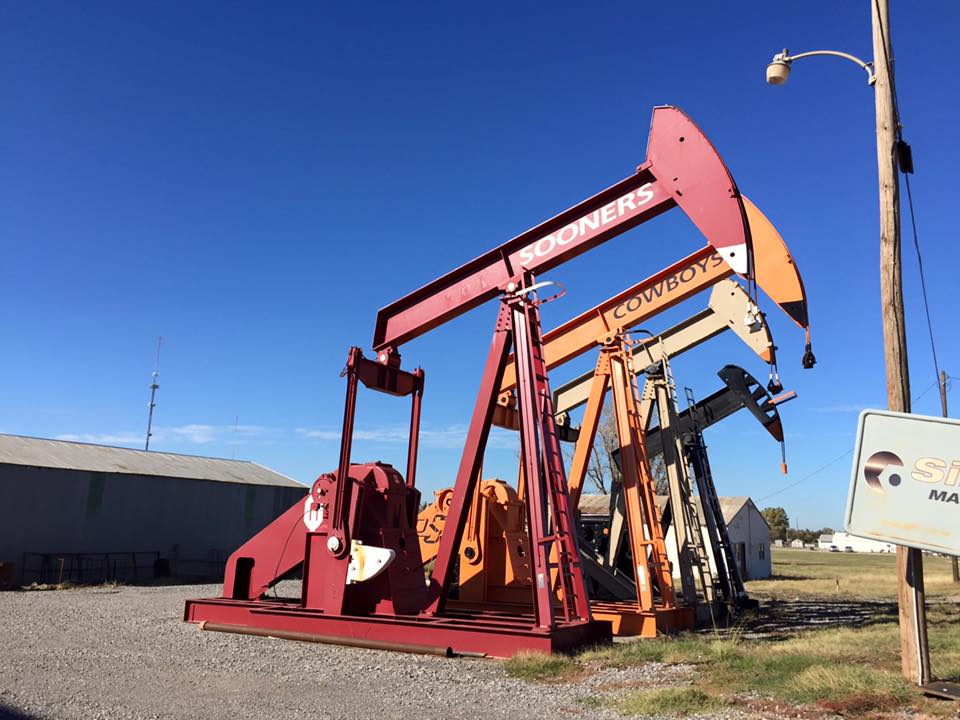
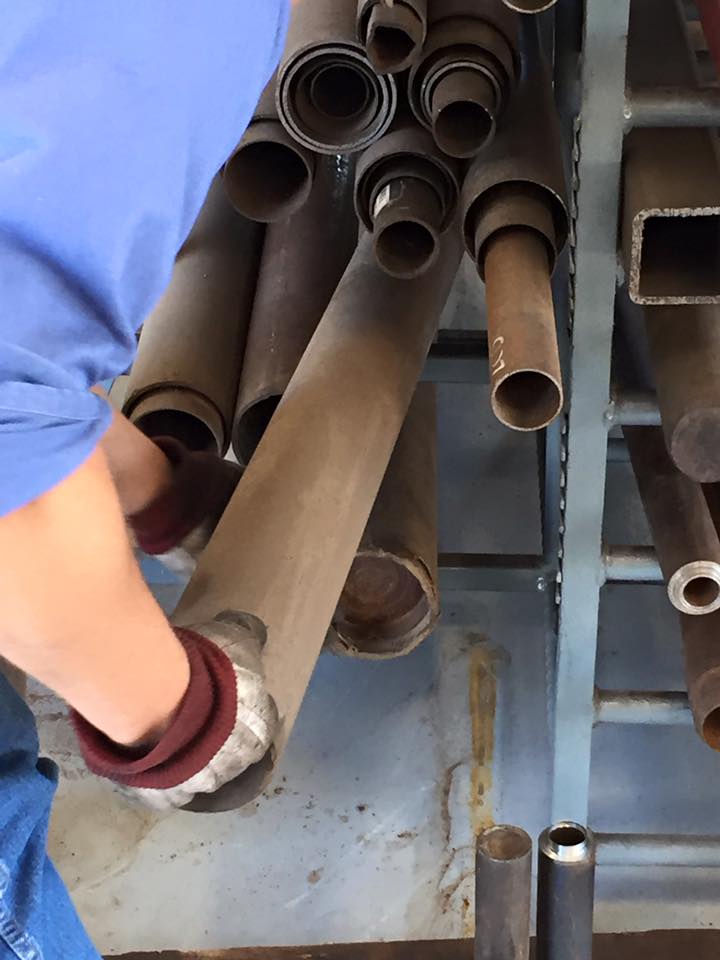
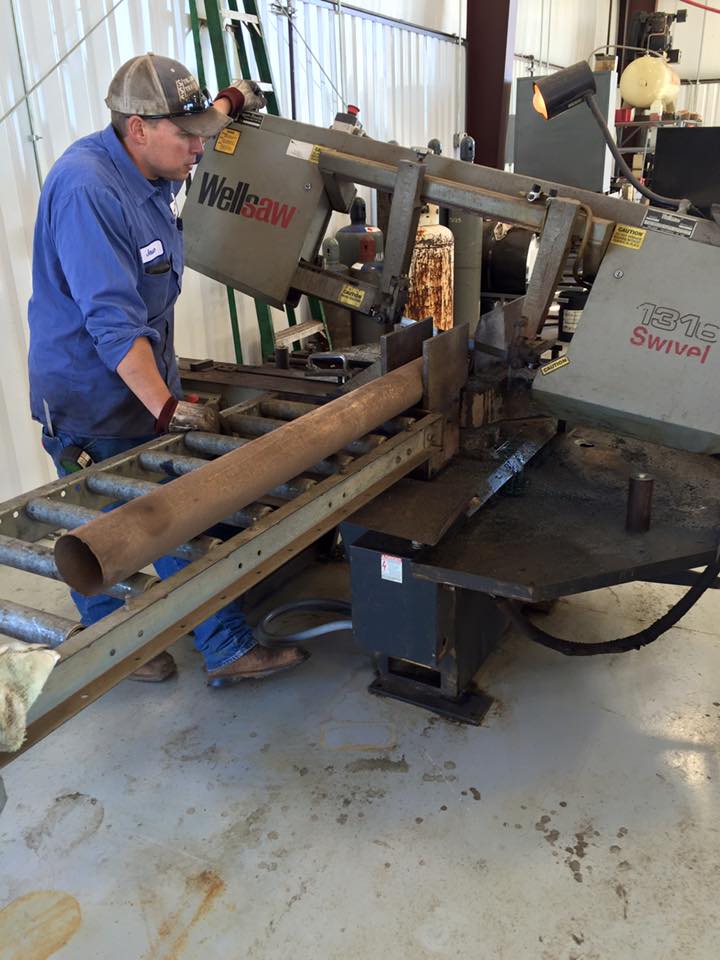
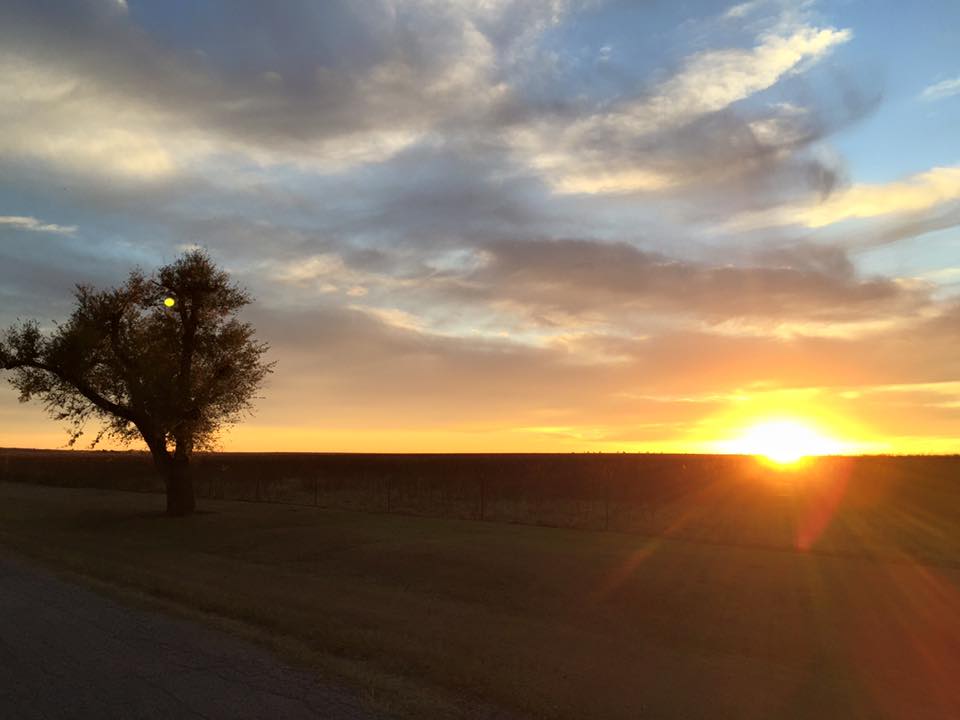
 RSS Feed
RSS Feed